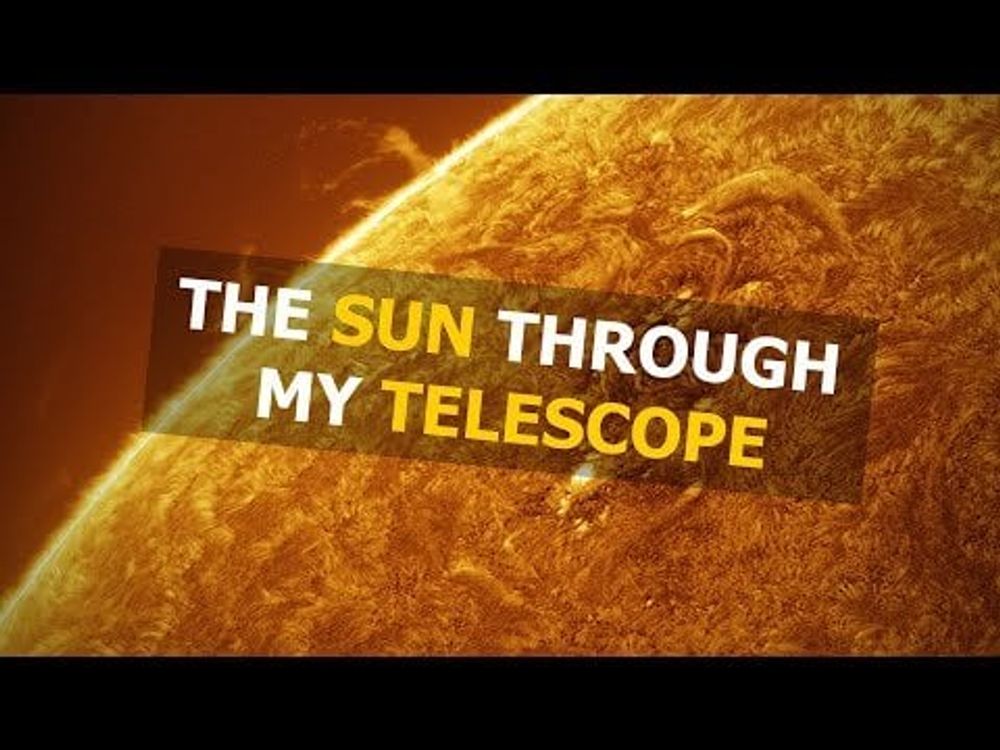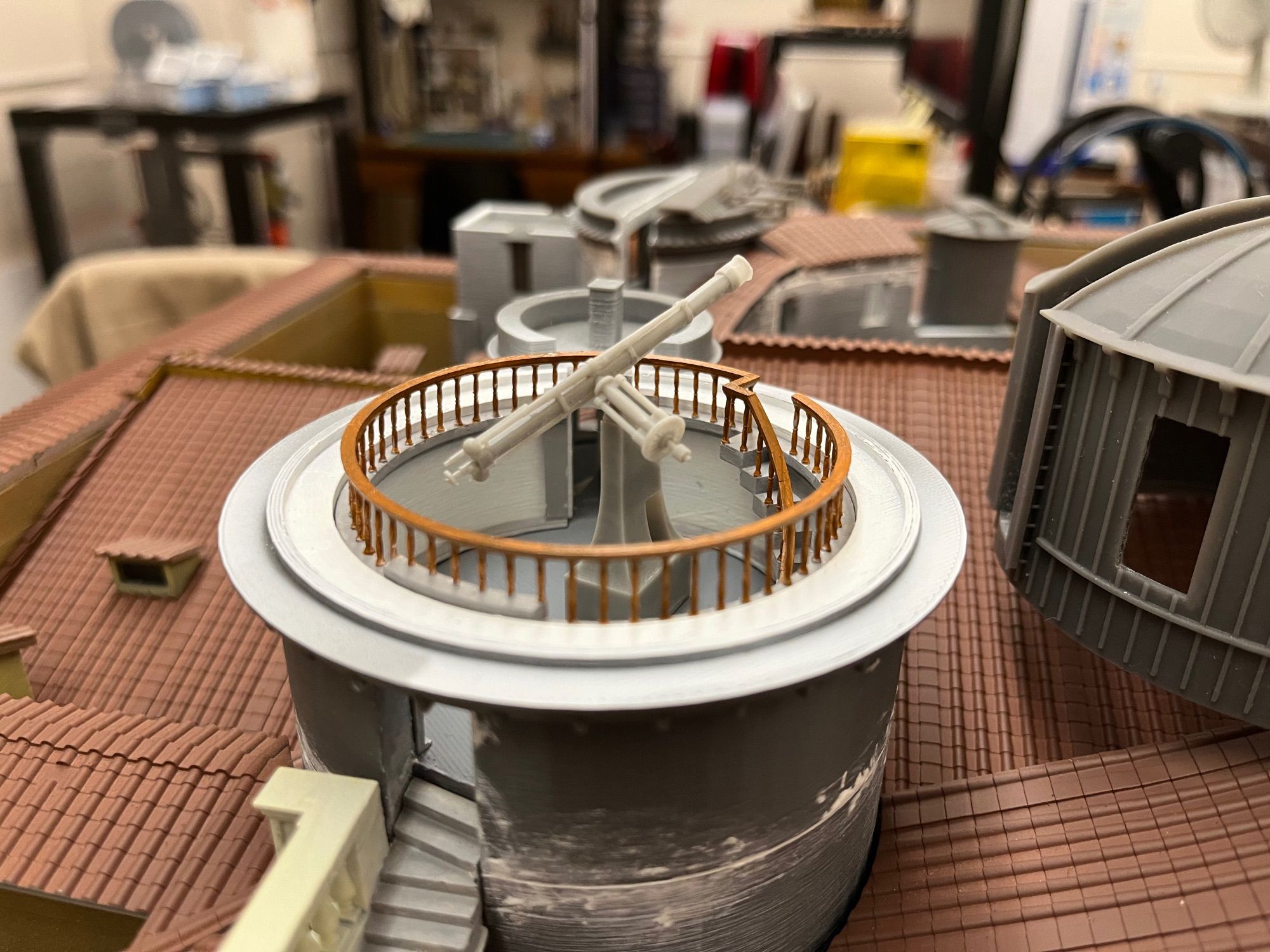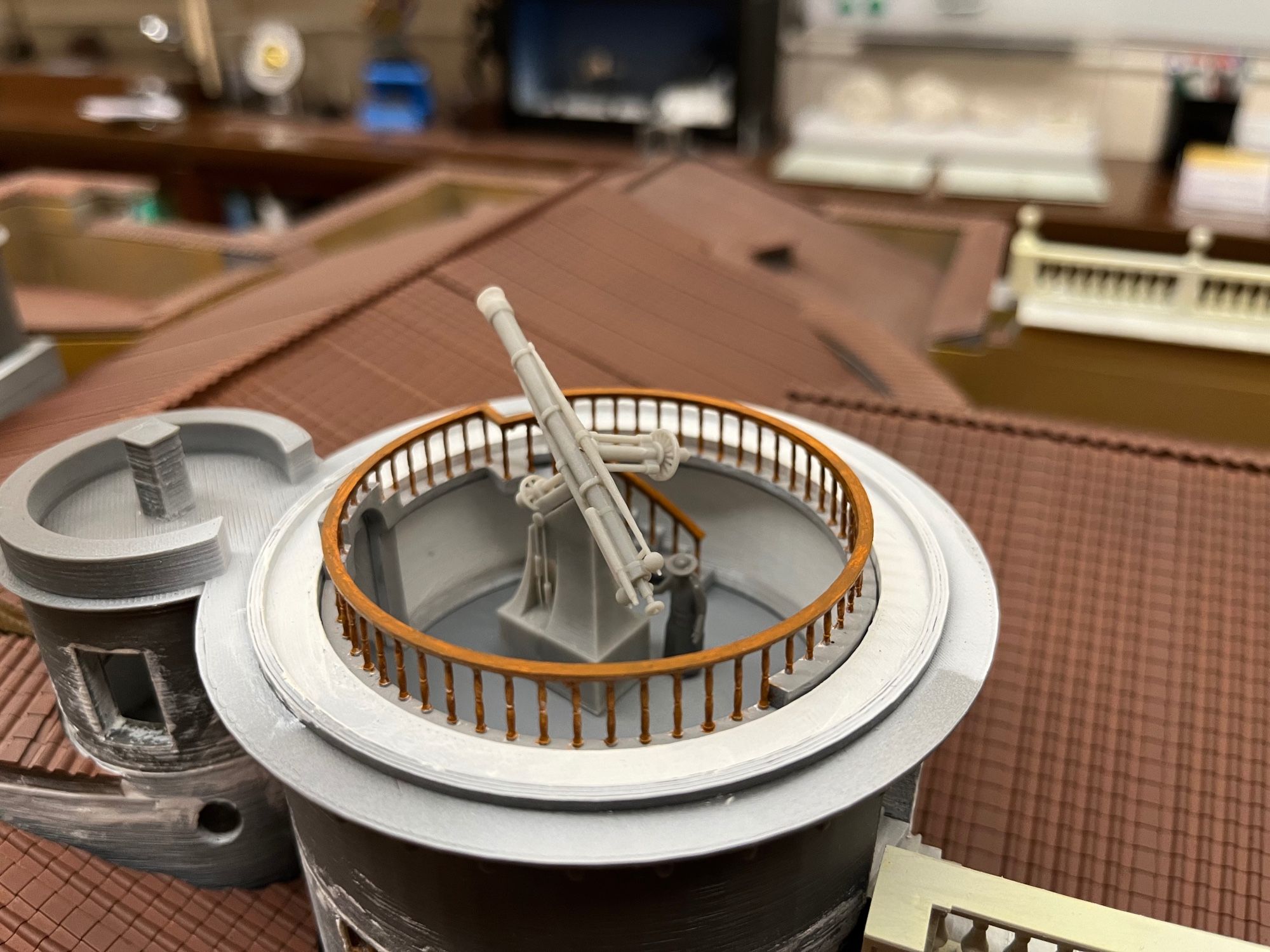A spiral galaxy, observed with the Hubble Space Telescope in the GEMS survey. It is at redshift 0.45 (lookback time 4.83 billion years) with coordinates (52.85823, -27.59320). 113 volunteers classified this galaxy in Galaxy Zoo: Hubble.🔭

I wondered if some Pagans and such were convinced a wee asteroid you can't even see with a common telescope was going to have astrological or magical implications. I checked a certain feed for it and yes. Yes, of course there are. Reasons I keep a certain distance from other Pagans....
World’s largest telescope pauses expansion amid funding crunch. The https://www.ufofeed.com/102219/worlds-largest-telescope-pauses-expansion-amid-funding-crunch-the-square-kilometer-array-ska-has-paused-construction-due-to-a-lack-of-funds-and-whether-the-telescope-will-ever-reach-its-target-s/ …

World's largest telescope pauses expansion amid funding crunch. The Square Kilometer Array (SKA) has paused construction due to a lack of funds, and whether the telescope will ever reach its target 'square kilometer' is not clearby Andromeda321
A barred spiral galaxy, observed with the Apache Point 2.5m Telescope in the SDSS survey. It is at redshift 0.050 (lookback time 698.4 million years) with coordinates (119.16820, 44.86981). 48 volunteers classified this galaxy in Galaxy Zoo 2.

The Sun’s Incredible Activity Through My Telescope – September 29 https://www.ufofeed.com/102209/the-suns-incredible-activity-through-my-telescope-september-29/ The Sun’s Incredible Activity Through My Telescope – September 29 by mikevr91

The Sun’s Incredible Activity Through My Telescope - September 29by mikevr91
1854 Merz telescope (433cm focal length) at the Roman College Observatory atop the Church of St. Ignatius, Rome. (HO scale 1:87)


magazine title misreading of the day: "JANKY TELESCOPE"
even the ones they couldn't fricking see because they didn't have a powerful telescope! 🤯
A spiral galaxy, observed with the Hubble Space Telescope in the COSMOS survey. It is at redshift 0.90 (lookback time 7.52 billion years) with coordinates (149.54314, 1.98409). 55 volunteers classified this galaxy in Galaxy Zoo: Hubble.

The new moon, called 2024 PT5, is a small asteroid about 10 meters across, and many hundreds of thousands of kilometers from us, so it's far too small to see without a powerful telescope. But it's still a cool story, and shows how space is weirder than you think. 😀